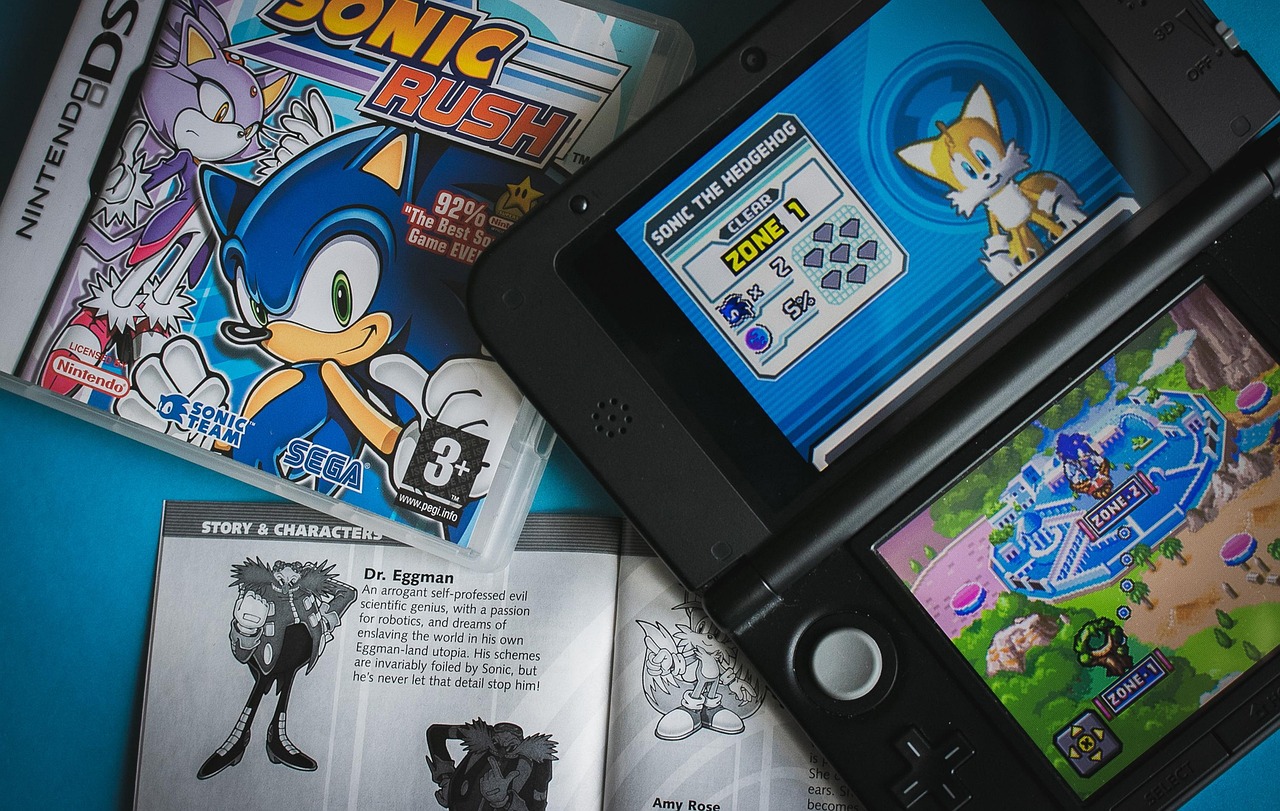When gamers think of the early 1990s, one word often comes to mind: Sega. For a few golden years, the blue brand stood toe-to-toe with Nintendo, igniting one of the most famous rivalries in gaming history. At the center of it all raced a spiky blue hedgehog who changed the industry forever.
From Arcades to Consoles
Sega’s story began in the 1940s, long before video games existed. Originally founded as Service Games to provide entertainment machines for U.S. military bases in Japan, Sega transitioned into the arcade business by the 1960s. Their electromechanical games, like Periscope, earned them international attention and paved the way for their entry into video gaming.
By the late 1970s, Sega was producing hits like Zaxxon and Hang-On. But it wasn’t until the mid-1980s that they truly set their sights on the home console market. The Sega Master System (1985) was their answer to the Nintendo Entertainment System. While it struggled in North America, it gained loyal followings in Europe and Brazil, foreshadowing Sega’s global ambitions.
The 16-Bit Revolution
In 1989, Sega launched the Genesis (or Mega Drive outside North America), a sleek black console that promised “blast processing” and faster, flashier games than anything Nintendo could offer. With arcade-quality ports like Altered Beast and Golden Axe, Sega positioned itself as the cooler, edgier alternative to the family-friendly competition.
But the Genesis still lacked something crucial, a mascot to rival Mario.
Enter Sonic the Hedgehog
In 1991, Sega’s creative team, led by Yuji Naka and Naoto Ohshima, unveiled Sonic the Hedgehog. Designed to embody speed and attitude, Sonic wasn’t just a character, he was a statement. With his red sneakers, confident smirk, and breakneck pace, Sonic symbolized the energy of the early ‘90s.
The first Sonic the Hedgehog game became a phenomenon. Its smooth scrolling, catchy soundtrack, and lightning-fast gameplay showcased the Genesis’s technical prowess. Sega’s marketing embraced Sonic’s rebellious charm, even using the slogan “Genesis does what Nintendon’t.”
Within a few short years, Sonic had propelled Sega to new heights, helping the Genesis outsell the Super Nintendo in North America for several years, a rare feat in gaming history.
Expansion and Experimentation
Sega didn’t stop there. The 1990s saw a flood of hardware and ideas: the Sega CD, 32X, and eventually the Sega Saturn. While innovative, these rapid releases confused consumers and fragmented Sega’s audience. Sonic himself made the jump to 3D with Sonic Adventure on the Sega Dreamcast (1999), one of the most beloved consoles that never got its due.
The Dreamcast was ahead of its time, featuring online play, VMU memory cards, and crisp graphics, but financial troubles and fierce competition forced Sega to exit the console business in 2001.
The Blue Blur Lives On
Even after Sega’s hardware days ended, Sonic kept running. Today, he’s appeared on nearly every platform imaginable, from Nintendo systems to PCs and smartphones. With modern hits like Sonic Mania and Sonic Frontiers, as well as successful movies, the hedgehog remains a pop-culture icon.
Sega itself has found new life as a software publisher, embracing its retro roots while exploring new franchises.
A Legacy of Speed and Spirit
Sega and Sonic defined an era of creativity, competition, and courage. Sega dared to take risks, and even when they stumbled, they pushed the industry forward. Sonic the Hedgehog wasn’t just a mascot, he was the personification of Sega’s bold, fast-paced spirit.
And while Mario might have won the long race, Sonic’s trailblazing energy continues to inspire developers and fans alike.

